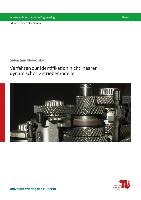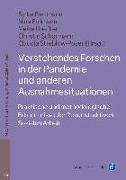- Start
- Verfahren zur Identifikation nichtlinearer dynamischer Getriebemodelle
Verfahren zur Identifikation nichtlinearer dynamischer Getriebemodelle
Angebote / Angebote:
Modern cars are increasingly complex when they reach their customers. The automation of the powertrain makes it possible to balance the main development targets dynamic, comfort and reduced consumption. With an average development cycle of approximately 3 years for a vehicle and a global division of labor, the model-based development is state of the art. The parameter of new gearbox models are based on adapted models from the past and validated parameterized component tests. It is the key challenge for development engineers to parametrize a transmission model since the number of prototype test and component tests are limited (and its goal it is to reduce this number further). In addition it is shown, how the validate transmission test bench experiments and modern identification methods. Furthermore how it can be structured with a gearbox test bench. To support this software and function development process as outlined before, an drivetrain model approach is suggested. In addition, the sequence of used transmission test bench experiments in combination with modern identification methods is structured. In this thesis transmission parameters such as inertia and friction torques are going to be identified on an automated manual transmission by Structured Recurrent Neural Networks (SRNN). Due to significant effects of temperature at the bearing places, the SRNN is extended to ensure the mapping of a two-dimensional non-linearity. Furthermore, the clutch capacity is determined by an automated test on transmission test bench. Finally, to demonstrate the generalizability of the methology, exemplary experiments trials where performed in the simulation on a dual clutch transmission.
Libri-Titel folgt in ca. 2 Arbeitstagen




